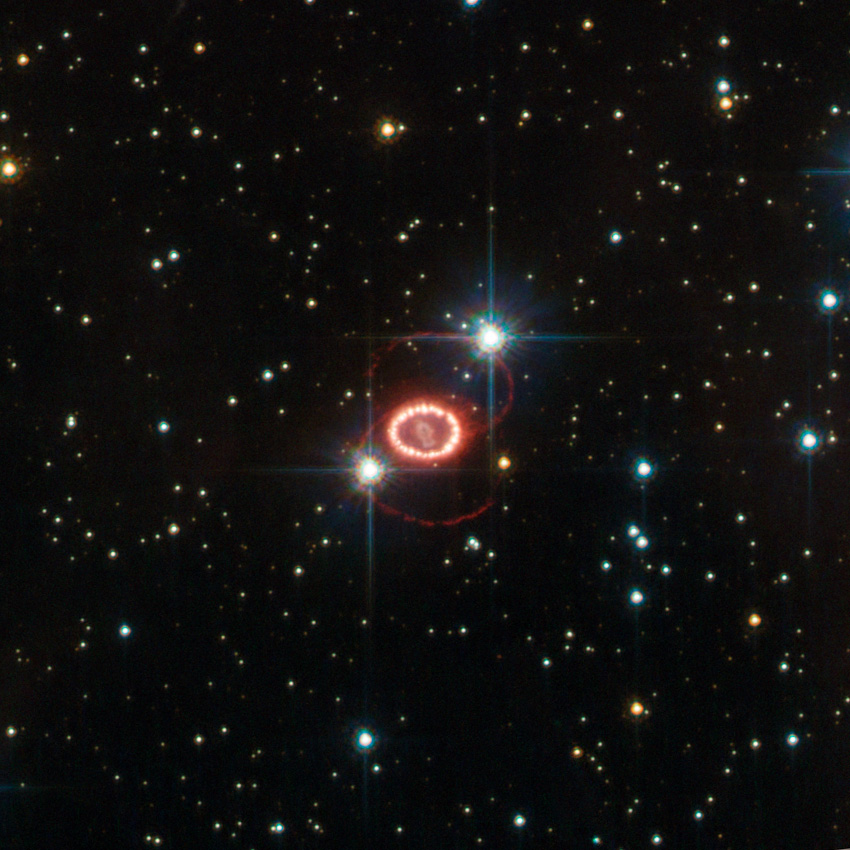Macauley Cleary
Pd. 3, Astronomy
Percival
2 Mar 2012
Alvan G. Clark
Alvan G. Clark is a little-mentioned astronomer from the 1800s whose life accomplishments may be few in number, but are great in importance. While much of Clark’s accomplishments are because of his father’s work in the field of telescope making, he did take things to a new level, so to speak, innovation-wise. As far as a background goes Clark was born in Fall River, Massachusetts in 1832 and took his time rising to recognition in the field of American astronomy. He is most noted for his discovery of Sirius B and the refracting telescope with which he discovered it.
From the moment on July 10 in 1832 when Alvan G. Clark was born he was inadvertently being set up at every turn for a life in the field of astronomy. His father was a lens maker who turned to telescope making and was known for his impeccable work. Through this opportunity Clark was able to become an optician and also take up a career in the line of lens making work. By following in his father’s footsteps Clark lead his family to create two disks of glass that were 42 inches in diameter each to fulfill a contract they had with the University of South Carolina. Upon telling this story to a colleague Clark was overheard by a man named George Ellery Hale. Luckily enough Hale was interested in the lenses and was able to purchase them when the previous deal fell through. Hale used the lenses to create the Yerkes Observatory, still one of the largest refracting telescopes today. This achievement perfectly demonstrated both the quality of work and the capabilities of Clark at such an early date.
After this accomplishment Clark went on to take things not one, but multiple steps further than ever before. He was in Cambridgeport, Massachusetts on January 31, 1862 testing out a new refracting telescope when he unexpectedly saw a previously unidentified object. This object turned out to be what is now known as Sirius B, a dimmer version (magnitude 8) of the star Sirius located in Canis Major. In addition to this Sirius B, now labeled, was a different kind of star. It was a white dwarf. Up until this point a white dwarf star had not been found, nor had it been studied. Clark’s accidental find opened the astronomical world up to a myriad of new possibilities regarding this recently discovered type of star. The telescope that Clark used was 18 inches in diameter, smaller than many that he helped to create but still large enough to get the job done, and was a refracting telescope. Though Clark used the telescope in Massachusetts, it now resides at the landmark Dearborn Observatory of the Northwestern University in Evanston, Illinois. Alvan G. Clark’s contributions to astronomy seem minimal but in reality were necessary and long-lived as they are still in use today.
